Jason Dodge, Douglas Gordon, Lars Laumann, Seb Patane, Kirsten Pieroth, Armando Andrade Tudela
1 June – 8 August 2010
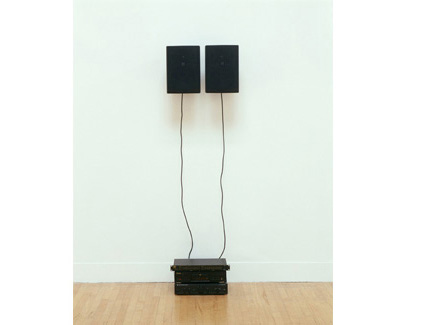
"Le Dernier Roman du Monde"
Installation view at Supportico Lopez, Berlin 2010
Installation view at Supportico Lopez, Berlin 2010
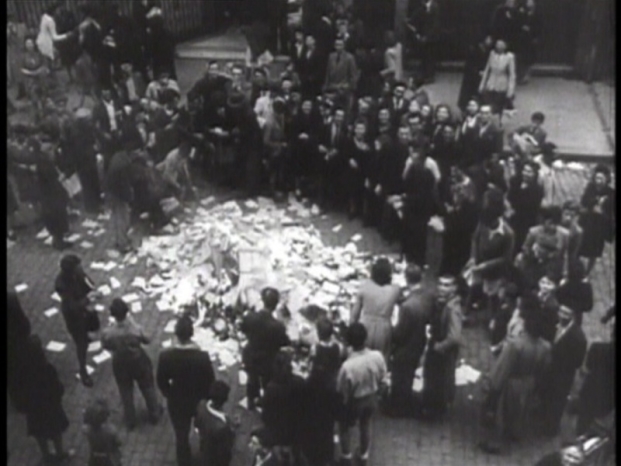
"Le Dernier Roman du Monde"
Installation view at Supportico Lopez, Berlin 2010
Installation view at Supportico Lopez, Berlin 2010
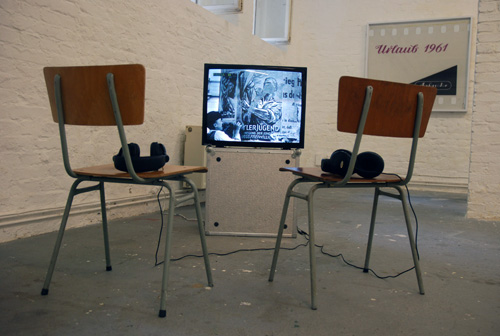
"Le Dernier Roman du Monde"
Installation view at Supportico Lopez, Berlin 2010
Installation view at Supportico Lopez, Berlin 2010
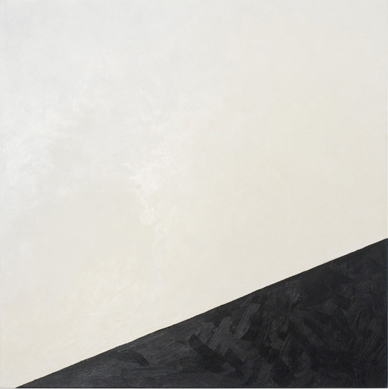
"Le Dernier Roman du Monde"
Installation view at Supportico Lopez, Berlin 2010
Installation view at Supportico Lopez, Berlin 2010
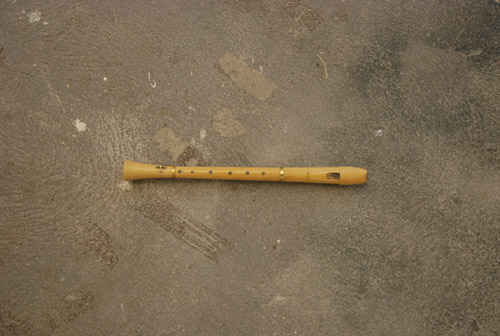
"Le Dernier Roman du Monde"
Installation view at Supportico Lopez, Berlin 2010
Installation view at Supportico Lopez, Berlin 2010
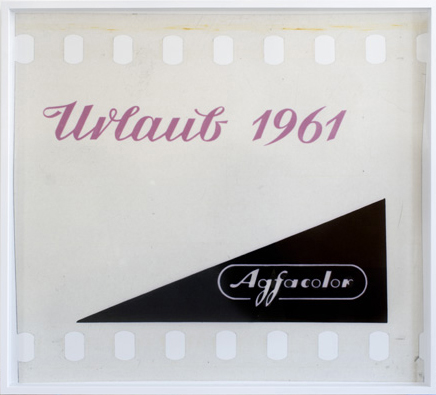
"Le Dernier Roman du Monde"
Installation view at Supportico Lopez, Berlin 2010
Installation view at Supportico Lopez, Berlin 2010
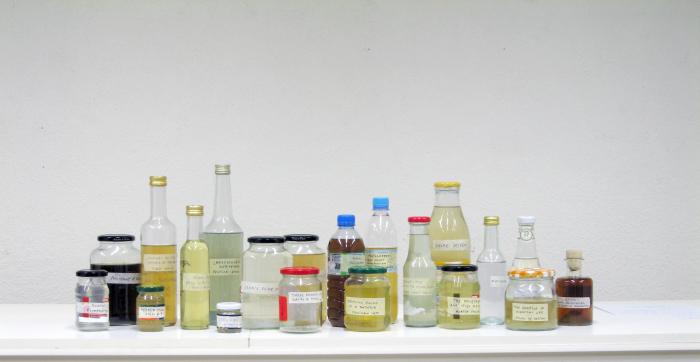
"Le Dernier Roman du Monde"
Installation view at Supportico Lopez, Berlin 2010
Installation view at Supportico Lopez, Berlin 2010
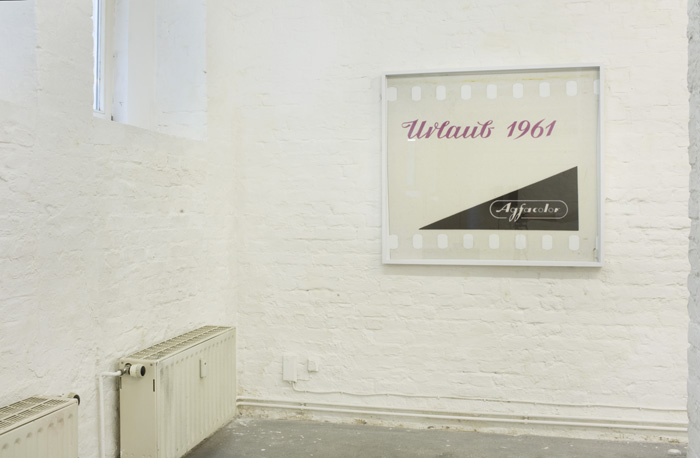
"Le Dernier Roman du Monde"
Installation view at Supportico Lopez, Berlin 2010
Installation view at Supportico Lopez, Berlin 2010
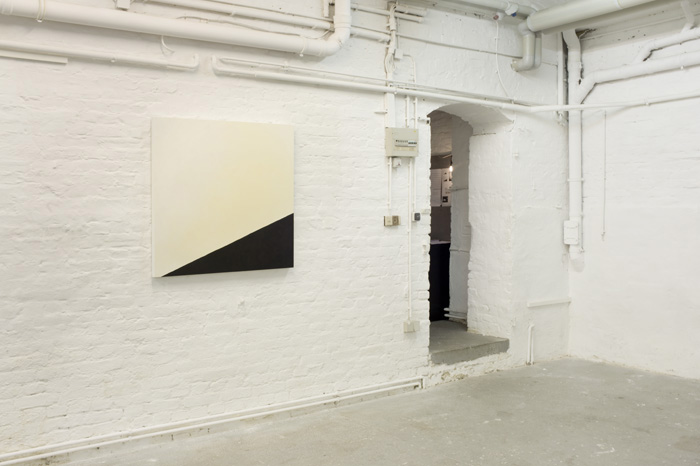
"Le Dernier Roman du Monde"
Installation view at Supportico Lopez, Berlin 2010
Installation view at Supportico Lopez, Berlin 2010
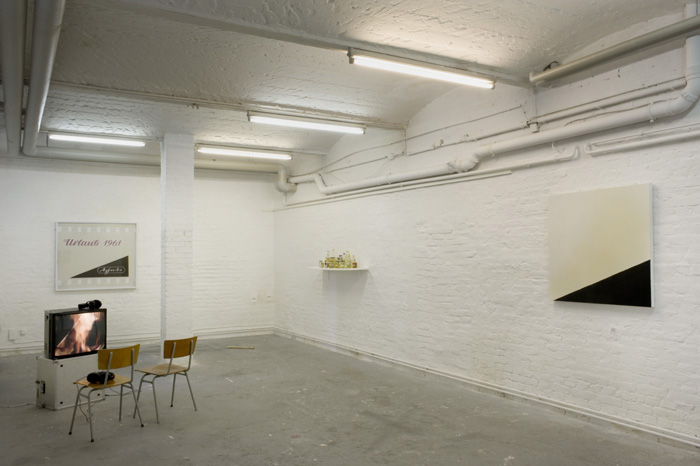
"Le Dernier Roman du Monde"
Installation view at Supportico Lopez, Berlin 2010
Installation view at Supportico Lopez, Berlin 2010